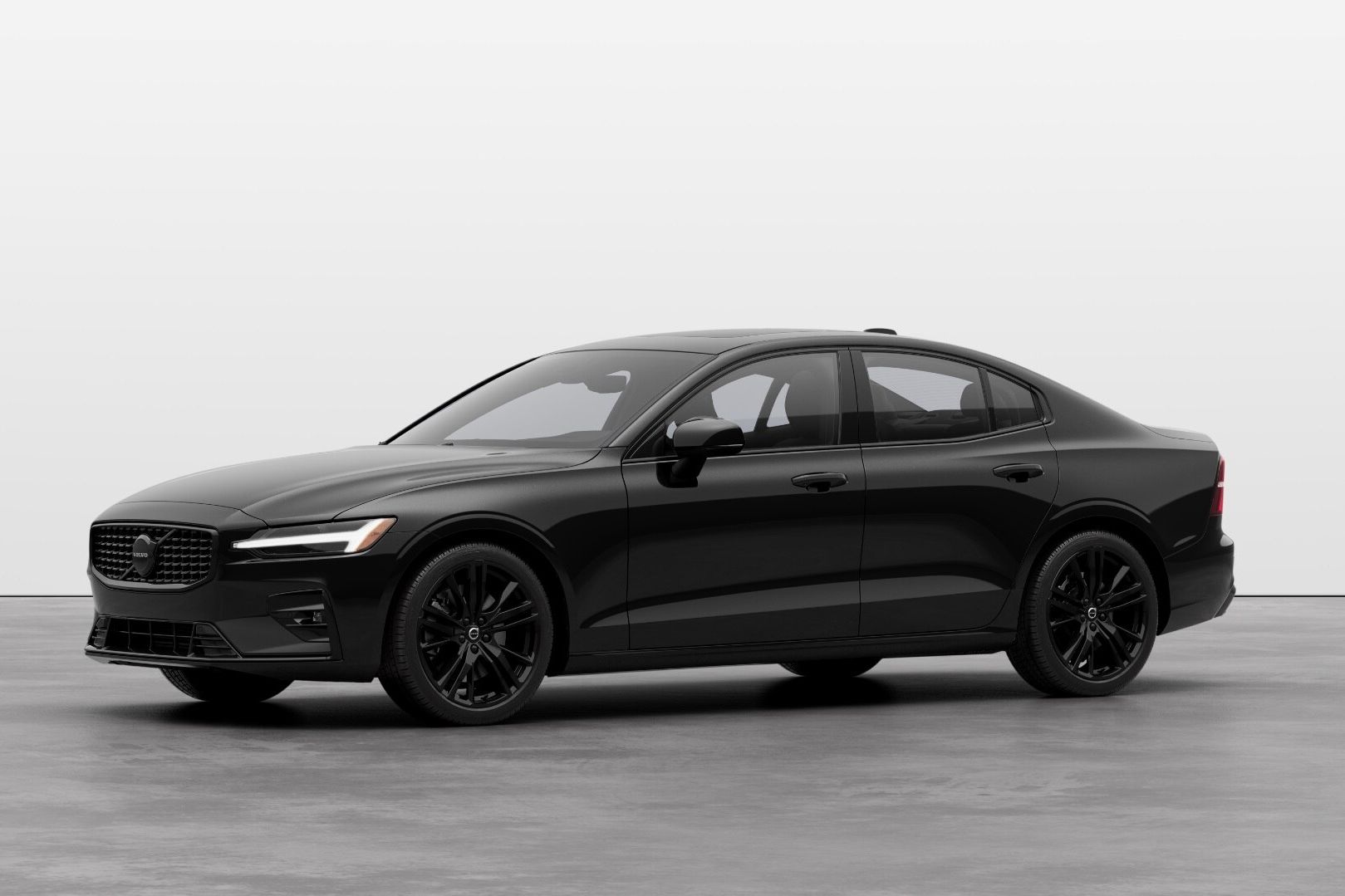
With automakers now reporting their first-quarter earnings and sales figures, Swedish company Volvo has a lot to celebrate. Volvo's sales rose 9.4% to 161,320 units while net revenue also increased by 10.7% compared to Q1 2018. So why then is Volvo still unhappy after these results?
Even though the automaker sold more cars and brought in more revenue, its operating profit decreased by 19.3%, its net income decreased by 21.6%, and its earnings before interest and taxes (EBIT) went from 6.4% to just 4.6%. So what was the cause of Volvo's lost earnings? As we feared, tariffs have severely hurt Volvo's bottom line.
Volvo CEO Hakan Samuelsson issued a statement on the company's Q1 results: "The sales growth in the first quarter proves the appeal of Volvo Cars' product portfolio. We grew in all three regions and revenue continued to rise faster than volumes. Compared with last year, profitability was affected by higher tariffs and increased price pressure in many markets."
We've already seen Volvo shuffle its production to avoid being hit with tariffs from the Trump Administration. Volvo just opened a new factory in South Carolina to build the new S60 but it still builds some of its cars in China, which are now subject to tariffs.
It doesn't seem like the tariff threat will end any time soon, so Volvo will have to rely more heavily on its manufacturing centers in America and Sweden. Volvo still believes it will see "continued growth in sales and revenue" in 2019 but still "expects market conditions to put continued pressure on margins." After being purchased by Chinese automaker Geely in 2010, Volvo has completely turned itself around but that momentum may be heavily stymied unless the US reaches an agreement on trade.
